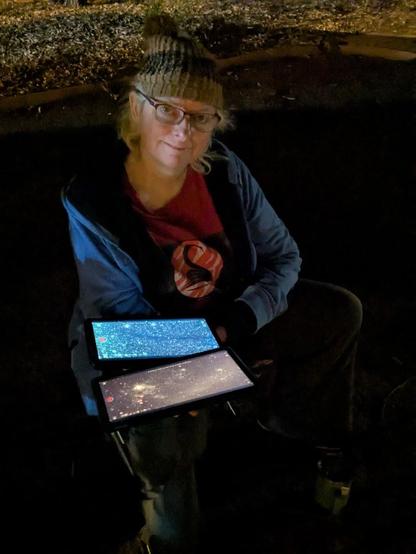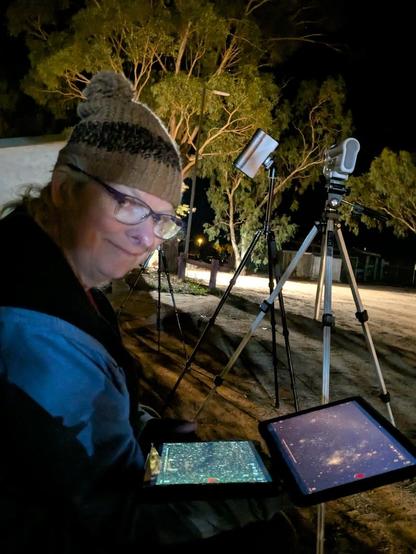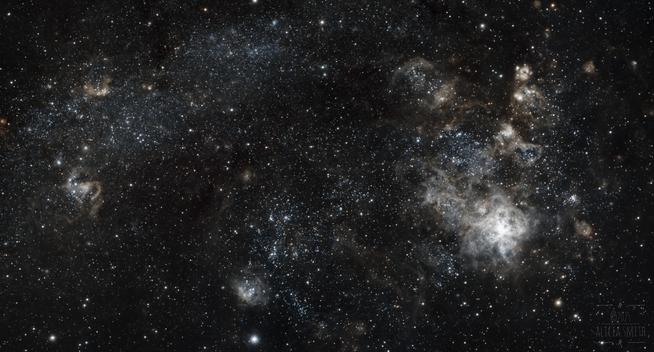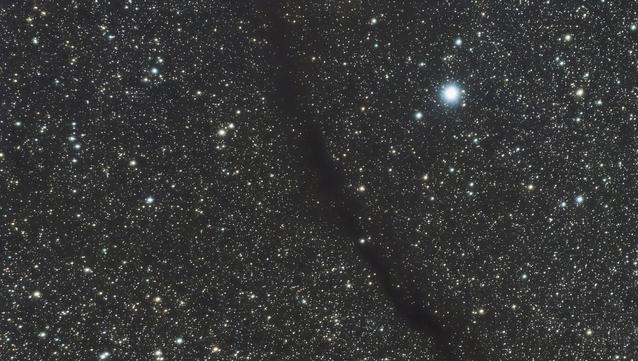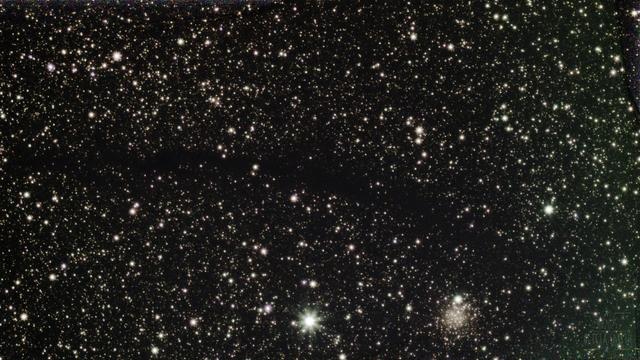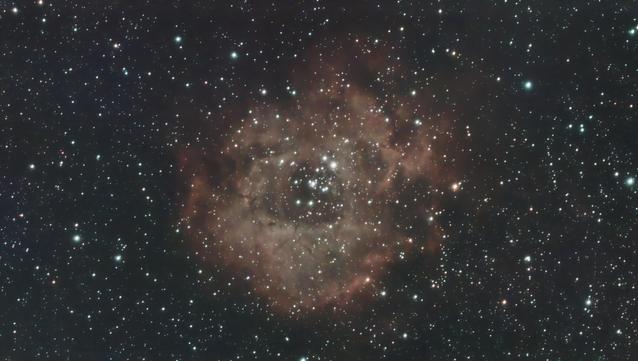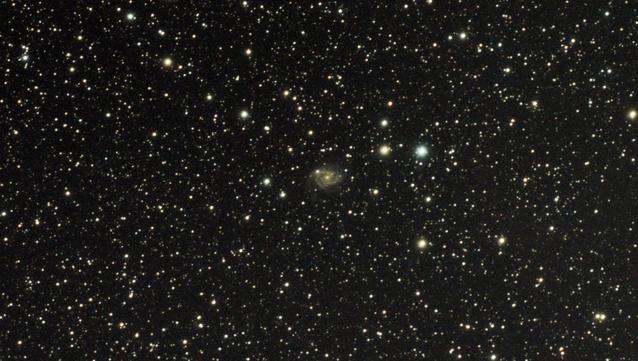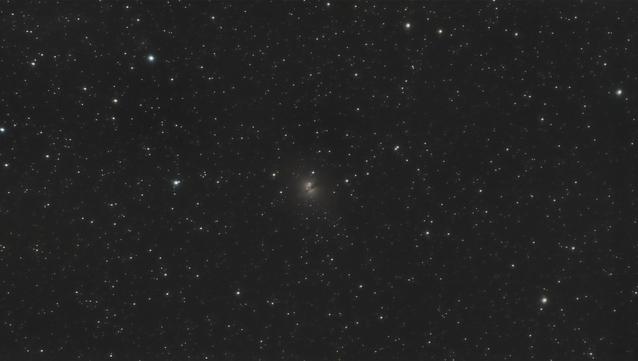So continuing with my ramble about the Gingin trip we had to take some astrophotos. So you're sitting in the siding, next an open paddock as your photos stack, and suddenly a loud noise starts up and continues for quite some time.
https://inaturalist.ala.org.au/observations/272712152
It sounded like a fox to me, I've never heard one that close before, so see what you think.
A couple of Gingin policemen helpfully drove over with all their spotties on high beam, but turned them off apologetically when they realised we were not the droids they were looking for and then got very interested, and received a quick course in astronomy.
So things can be quite eventful when you're just sitting around, getting those frames stacked.
Here's a couple of photos that @rdm took of me on the last night, where we just set up behind our accomodation just to do a little. You can see I have Sandqvist 149 there, and the other photo I'm sharing with you today.
For your viewing pleasure I fed it into nova.astrometry.net so you can see what's what. But the simple answer is the Tarantula Nebula and friends. I accidentally stopped part way through - even the new long press required isn't foolproof, but with the new mega stack function I was able to start it again and squish the two sessions together so it turned out very nicely.
#DwarfII #DwarfIII
#WesternAustralia
#Astrodon #Astronomy #Astrophotography #SouthernHemisphereAstronomy
